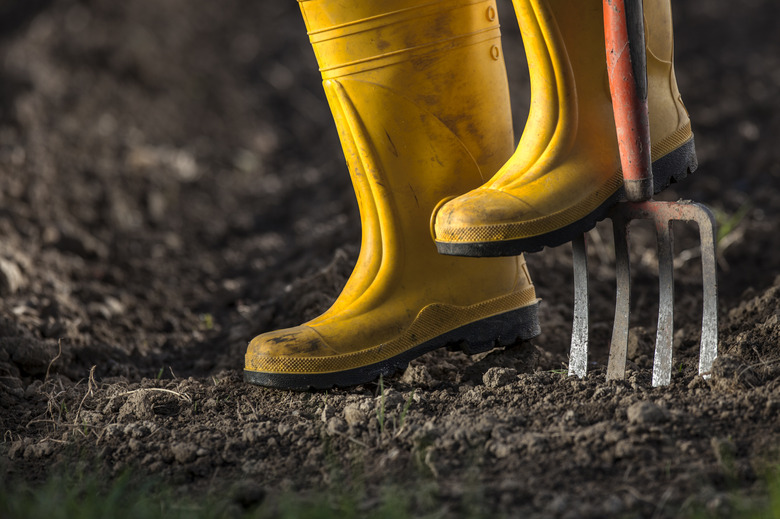How To Plant Tiger Grass
Tropical, leafy, noninvasive and low-maintenance, tiger grass (Thysanolaena latifolia) is an ornamental worth planting. While tiger grass adjusts well to new situations, getting the soil ready and planting correctly will give your new plant the best start. Tiger grass grows in U.S.
Tropical, leafy, noninvasive and low-maintenance, tiger grass (Thysanolaena latifolia) is an ornamental worth planting. While tiger grass adjusts well to new situations, getting the soil ready and planting correctly will give your new plant the best start. Tiger grass grows in U.S. Department of Agriculture plant hardiness zones 7 through 10.
Full Sun and Space
Tiger grass grows best in full sun or light shade and prefers soil with good drainage. Before planting, consider the space. Tiger grass grows up to 10 feet tall, which means it works well as a visual screen in a large area but is less suited for small gardens. Plant tiger grass in fall or spring when the soil is moist and the air is cool. Although it's possible to plant during summer, this can cause more stress for the new transplant. Winter planting is fine in frost-free climates but isn't suitable in colder areas.
- Tropical, leafy, noninvasive and low-maintenance, tiger grass (Thysanolaena latifolia) is an ornamental worth planting.
- Tiger grass grows up to 10 feet tall, which means it works well as a visual screen in a large area but is less suited for small gardens.
Work the Soil
Before planting, amend the soil using 1/4 pound of 10-10-10 granular fertilizer for a 25-square-foot bed. Sprinkle the fertilizer evenly over the bed and blend it into the top 12 inches of the soil until it is well-mixed. Set the tiger grass next to the planting spot and then dig a hole that is as deep and two to three times as wide as the nursery pot.
Handling the Root Ball
The best way to get a large plant out of a nursery pot is by turning it on its side and gently rolling it until the root ball loosens. Then carefully pull it out of the container, handling the root ball, rather than the stalks, as much as possible. Set the tiger grass into the planting hole and check the depth. The base of the stems should be level with the natural soil line. Too low or too high in the hole can stress the plant and could cause it to rot or dry out. Add soil under the root ball or pull out excess soil until the plant is sitting at the correct height.
- Before planting, amend the soil using 1/4 pound of 10-10-10 granular fertilizer for a 25-square-foot bed.
- Sprinkle the fertilizer evenly over the bed and blend it into the top 12 inches of the soil until it is well-mixed.
Fill and Water
Backfill the hole by pushing or shoveling soil back around the root ball. Any extra soil should be removed from the planting site rather than piled up around the stalks. Water the soil with 5 to 6 gallons of water. Pour it slowly, allowing the water to penetrate the soil. For the first season after planting, check the soil around your tiger grass every two or three days. If it's dry to a depth of 3 inches, apply enough water to thoroughly moisten the soil to that depth, allowing the soil to dry out between waterings.
